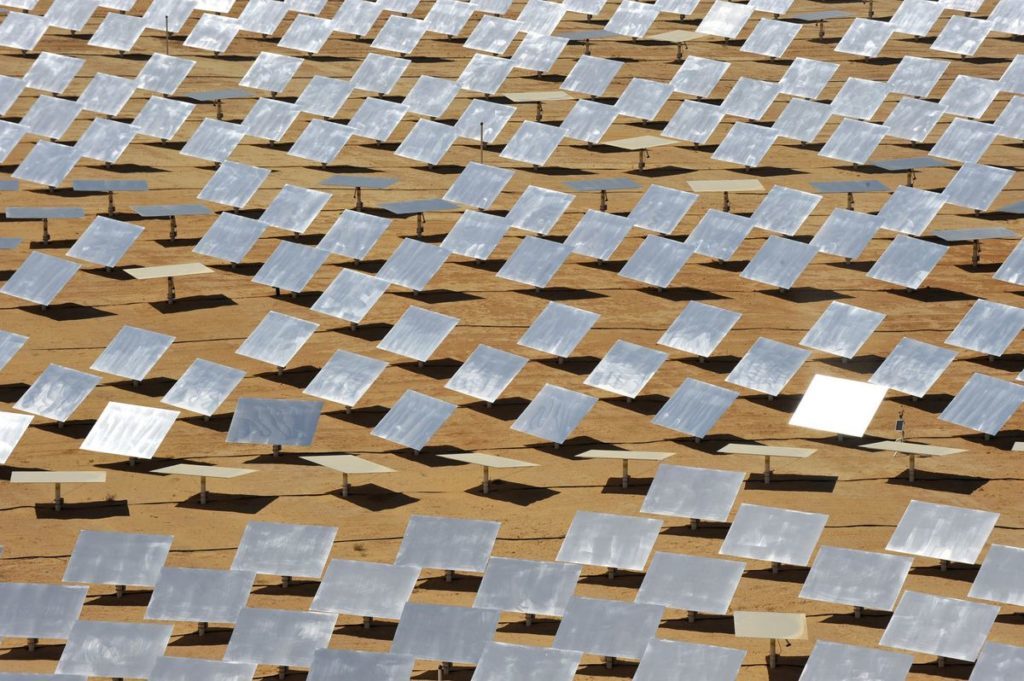
With Europe’s energy strategy being one of electrification and clean energy, what impact will that have in Europe and how can the downside be managed?
While the EU remains at the forefront of progressive climate policies, many of the arguments against increasing ambition focus on the impact this could have on employment in areas like Silesia in Poland, and the Ruhr in Germany. The key is to phase out coal in such a way that it doesn’t have a negative impact on workers. Certainly, the failure by the UK to manage the fall-out of the destruction of its mining industry is an object lesson in the consequences of a failure to manage social change effectively.
There are many ways in which the concept of a ‘just transition’ can be defined. It’s related to climate justice, the idea that climate change is more than an environmental challenge, that’s it’s both a political and ethical issue. On the global stage, this can mean enabling developing economies to continue to use fossil fuels to support economic growth, giving them the same opportunities enjoyed by the developed world in the past. What it boils down to is an attempt to ensure that the transition to a low-carbon, sustainable future does not result in undue hardship to those it affects.
In Europe though, the discussion is one about necessary policy interventions to ensure that workers jobs are secured and livelihoods are supported when the transition to a new energy paradigm shifts away from current areas of high-carbon activity. This is especially a challenge for counties in Central and Eastern Europe, as well as those countries looking to join the Union, such as Ukraine.
Workers in high-carbon industries are likely to have to shoulder the greatest burden under energy transition. The trade union movement developed the concept of Just Transition in order to ensure that hard won worker rights are not lost within that transition. The goal is to ensure that the burden is shared between different actors both between and within the different regions.
That means that work needs to be done at a systemic level. Changes in the current economic model need to be made, to take into account the social impact of the transition. A big challenge is not to lose public support, and this can only be achieved by ensuring that it is a socially just transition. Reskilling workers to cope with these changes is seen by many as essential to making sure the economic impact of climate action is positive. Training coal miners and gas pipeline workers in solar panel manufacturing and building renovation are among the suggestions made to maintain local economies.
As Walburga Hemetsburger, CEO of SolarPowerEurope pointed out, the solar sector provides a large proportion of jobs in the renewable area, most of which are very local. According to SolarPowerEurope research, there are 41 regions in 12 member states which are still active in mining coal, employing around 185 thousand people. The solar sector believes that it alone can provide 100-170 thousand new additional jobs.
This builds on a European Commission study comparing the skills needed for new solar jobs and the existing skills in coal mining. It found that solar is particularly suitable for the re-employment of coal miner workers after some adjustment: electrical mechanical skills, experience working on critical conditions, experience on safety, all of which is needed in the solar sector. In terms of wages, the solar sector pays on average more than the coal sector is able to pay.
What’s interesting is the role that such coal regions might play in the future. In Ukraine for example, where DTEK – Ukraine’s largest private sector energy company – operates coal, gas and renewables, the wind potential is enormous. Julian Popov, Fellow, European Climate Foundation said, “Ukraine has incredible cost-competitive wind potential of 120GW according to the International Renewable Energy Agency (IRENA), at a cost of capital of 14%. That means that for Europe it’s not an opportunity, it’s a must. Without Ukrainian wind it will be much harder for Europe to meet its Paris goals.”
What’s important is bring together the relevant actors and especially the financiers. The energy transition will require immense investment, but that has always been the case in the energy sector. The challenge is that we know have to completely transform the energy sector as we know it.
The question to be answered is who will finance the projects, and can the markets be made to work to ensure the transition is just?
The EU appears to be taking the challenge seriously. A recent European Parliament proposal to allocate EUR 4.8 billion under the post-2020 MFF for the Energy Transition Fund, in order to help the regions to green their economies, has been accepted. Arguments over the EU budget continue, unsurprisingly, as there are moves to cut funds for the Cohesion Policy, an extant approach focused on supporting regions in transition. It’s also going to be critical to include climate policies in trade and taxation policies, to ensure that the EU remains a relatively level playing field.
The European Investment Bank invested EUR 16 billion in 2018 (including energy lending) and has set a goal of 30% for cohesion funding in 2019. The modernization fund should also allow for an additional EUR 4-6 billion investment per year, according to Constance Kahn, Director at the EIB.
What is clear is that Europe has committed to energy transition, to electrification and renewable energy. Key to its success is going to be the way that it manages that transition, both in terms of financing in and in terms of ensuring that the fallout on jobs and citizen stability is managed. If the transition is going to be effective, it must be just.
Recommended for you
